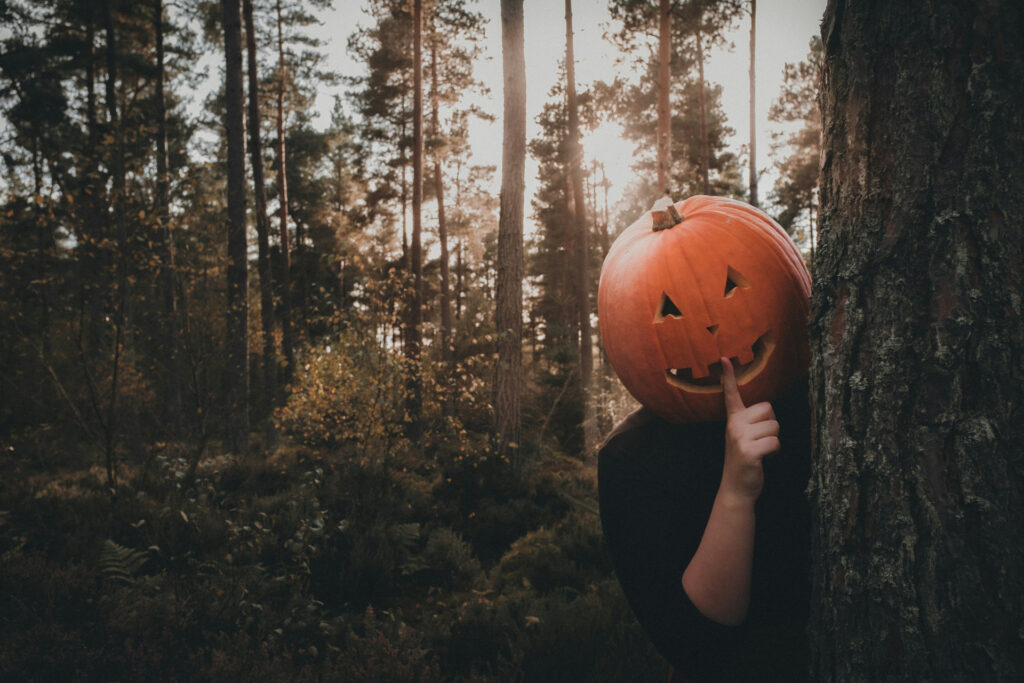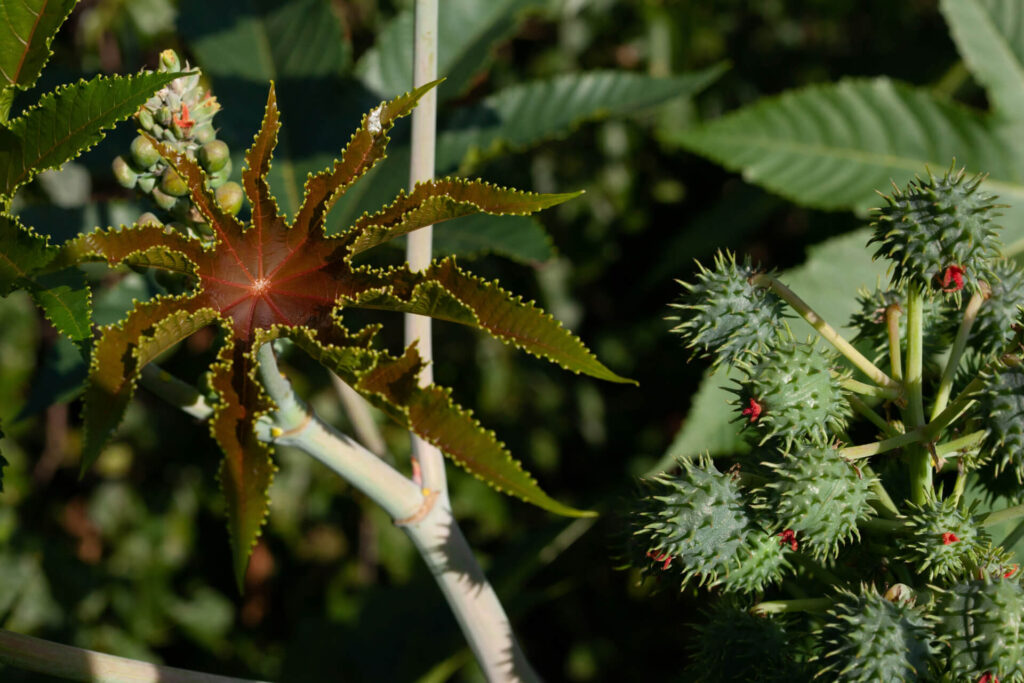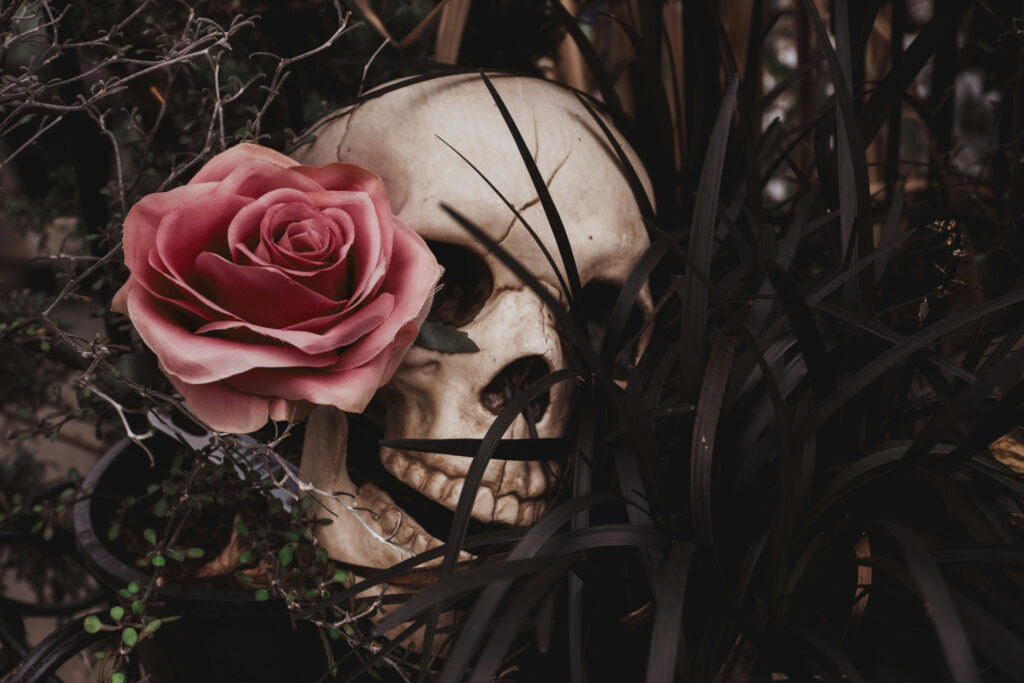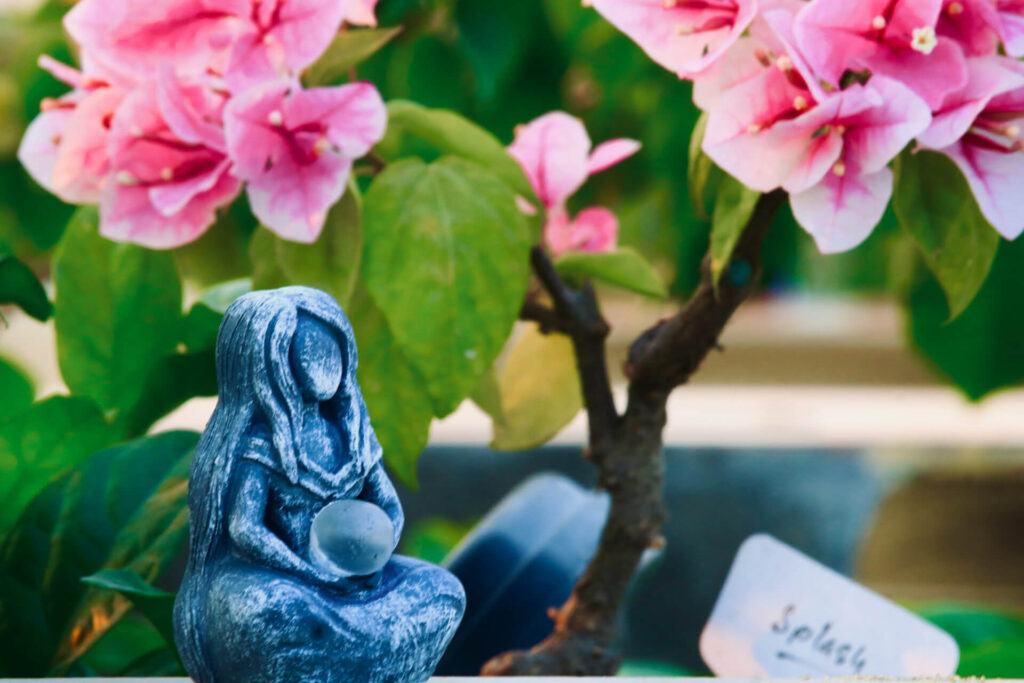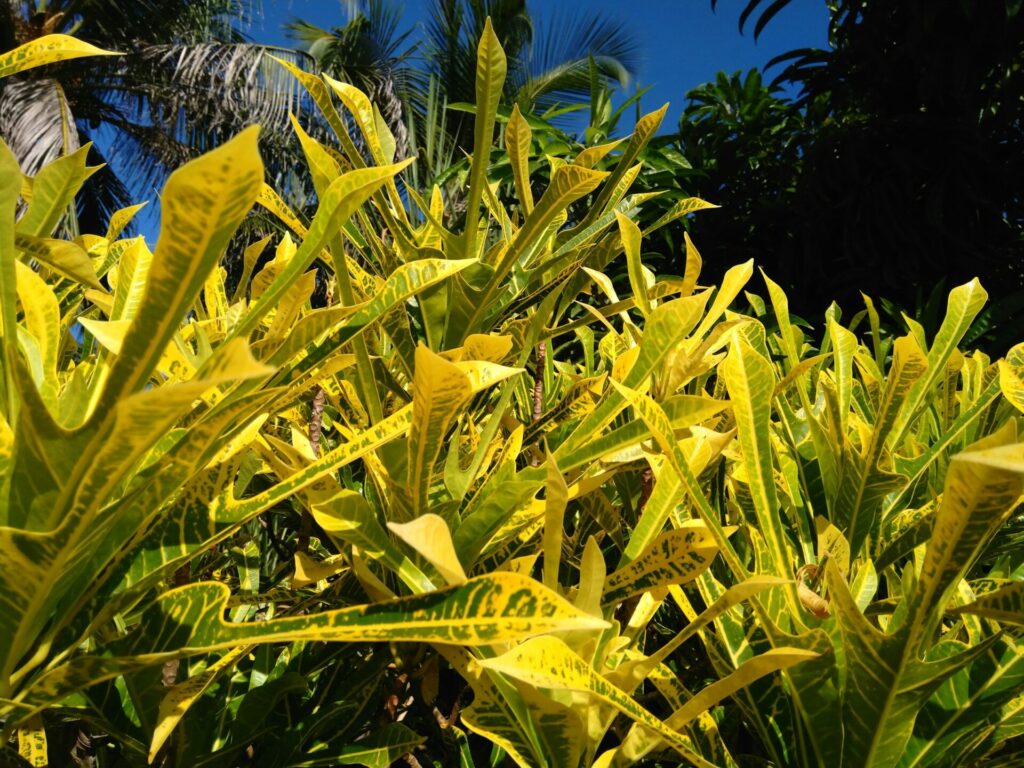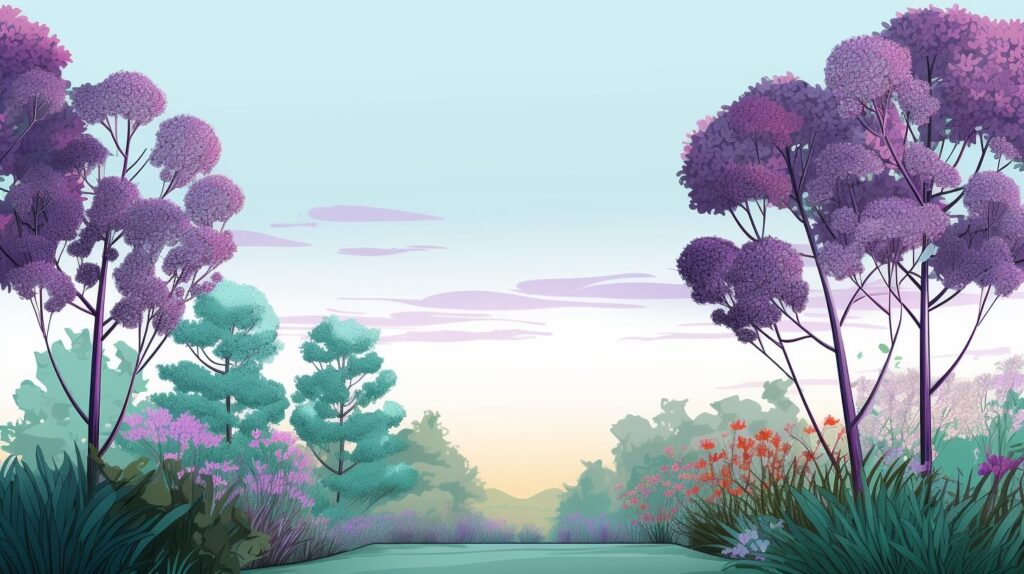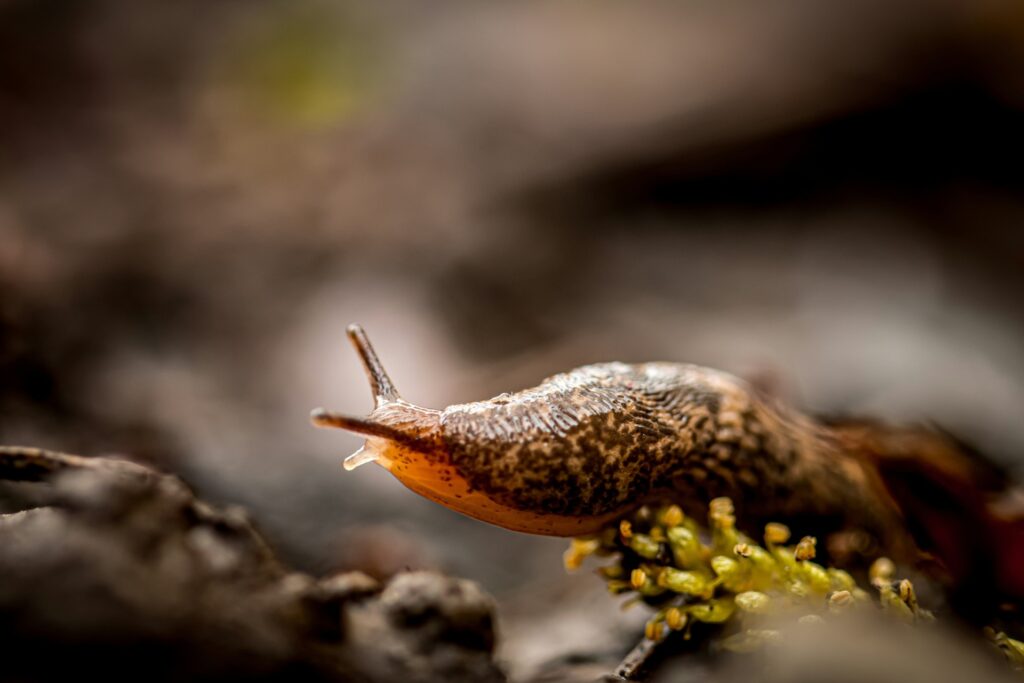Haunted Forests: Exploring the History and Legends of the World’s Spookiest Woods
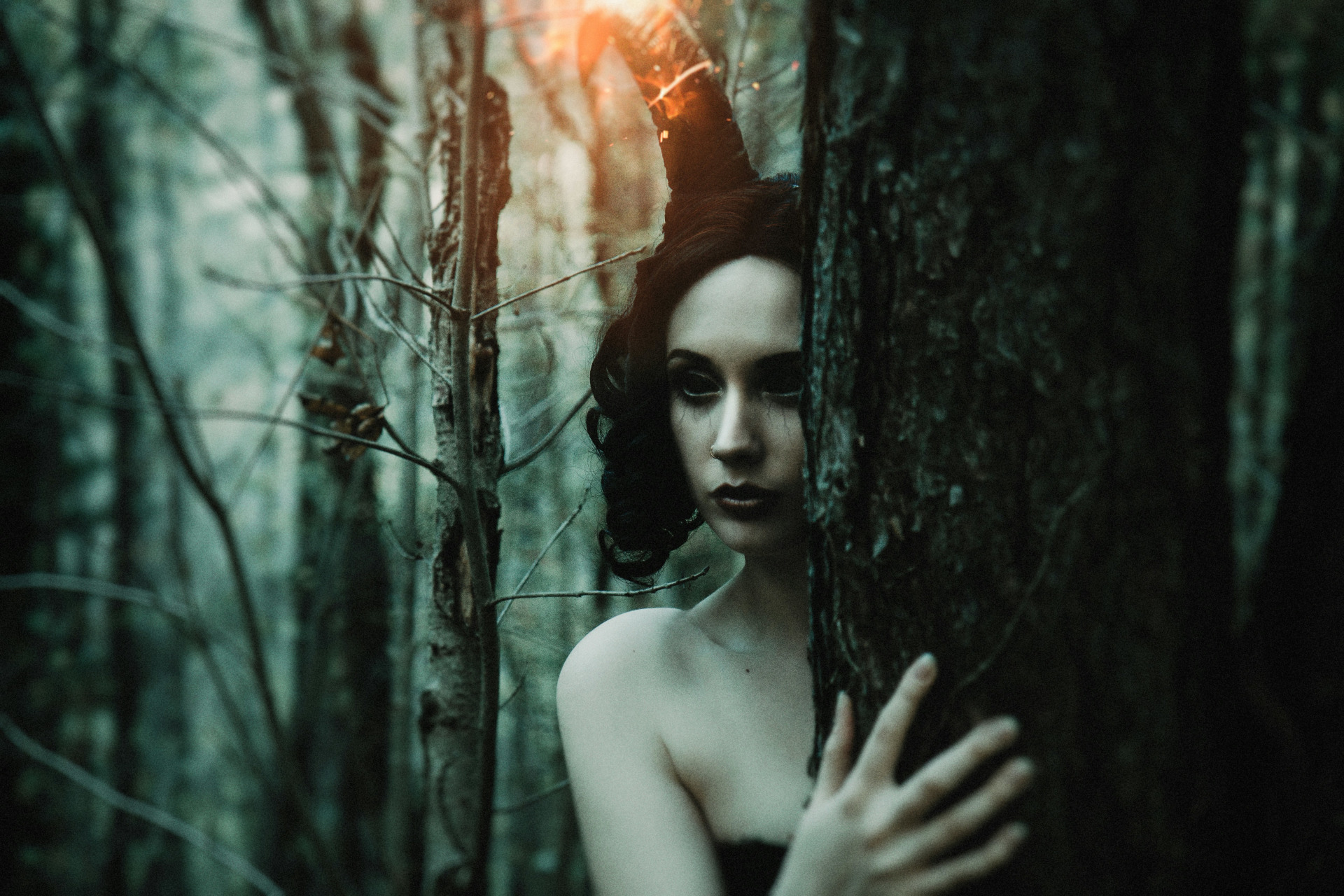
We are reader-supported. When you buy through links on our site, we may earn an affiliate commission.
Forests are places of beauty and mystery, where ancient trees stretch toward the sky and the eerie silence is broken only by the wind or the calls of hidden creatures. Yet for as long as people have walked among them, forests have also inspired fear. Across cultures and centuries, stories of haunted forests depict woods as supernatural places.
Almost two-thirds of Americans believe in the paranormal, so it’s no surprise that scary forests attract attention, especially at this time of year. Let’s explore five of the most haunted forests in the world, then dive into the psychology of why forests unsettle us and why, paradoxically, many of us seek out these spooky forests for a thrill.
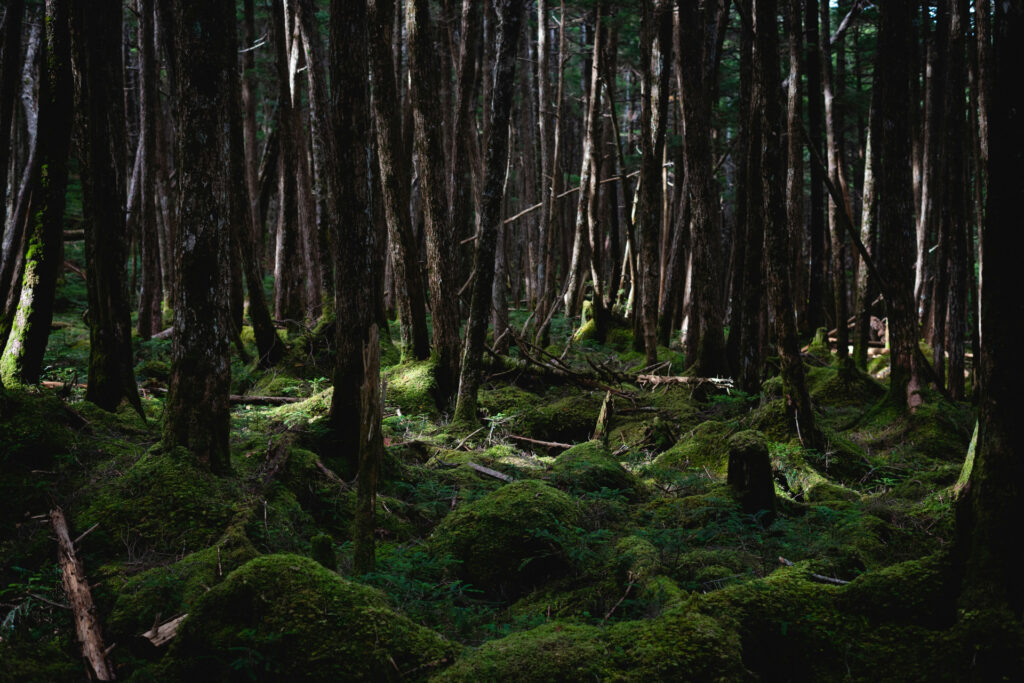
1. Hoia Baciu, Romania — Transylvania’s Bermuda Triangle Forest
Nestled in Transylvania, a region already steeped in vampire lore, Hoia Baciu is often labeled the most haunted forest in the world. It is unique for its thousands of twisted, contorted, bent or spiraling trees, and there is also a large circular clearing at the center of the forest where nothing — absolutely nothing — can or will grow. As yet, no scientific explanation has been found for either the strange tree shapes or the mysterious clearing.
The forest was named after a shepherd who, along with his 200 sheep, vanished here centuries ago. Many other disappearances have been reported, leading to the woods’ Bermuda Triangle-like reputation. In the 1960s, a military technician captured a photo of a saucer-like object hovering above the trees. Since then, UFO enthusiasts and paranormal investigators have flocked to its winding trails.
Visitors report feeling nauseous and dizzy, while some experience a sense of dread. Others speak of apparitions, flickering lights and disembodied voices. Locals stay away from the forest. Its blend of natural, unexplained oddities, UFO photography and inexplicable disappearances cements its reputation as a haunted forest with ghost stories unlike any other.
2. Aokigahara, Japan — The Suicide Forest
Few haunted forests with ghost stories are as infamous as Aokigahara, located at the base of Mount Fuji. Also known as the Sea of Trees, this dense, dark forest has long been associated with death, sorrow and supernatural lore. Its reputation is not new — centuries-old forest folklore speaks of yūrei, the restless spirits of the dead, said to wander beneath the dense canopy.
The forest’s geography enhances its unsettling atmosphere. Compasses often falter due to the high iron content of the ground and the dense, porous lava rock at its base absorbs sound, contributing to the eerie silence. This unnatural quiet, combined with tales of paranormal activity, fuels its notoriety as one of the scariest forests to visit in Asia.
Since the 1960s, the forest has been one of the world’s most used suicide sites. Those who enter with that tragic intention often leave long trails of ribbon or tape leading to their eventual destination and visitors routinely come across these and discarded personal belongings. These desperately sad reminders of real-life tragedy add to the forest’s morbid reputation and haunting, oppressive atmosphere.

3. Dering Woods, England — The Screaming Woods
In the heart of Kent, England, lies Dering Woods, more commonly known as the Screaming Woods, due to the blood-curdling screams reportedly heard at night. The ghost of an 18th-century highwayman, Robert du Bois, haunts these woods and it is he who is thought to be the source of the screams. Other apparitions include an 18th-century army colonel and members of a mysterious religious cult.
The woods have seen many tragic deaths, including a massacre of 20 people in the 1940s. Visitors, even in the daytime, report hearing footsteps behind them or feel the sensation of unseen hands touching them. The woods are near the village of Pluckley, itself said to be the most haunted village in Britain, so there may be some connection there.
Whatever the reason for the screams and the apparitions, Dering Woods stands out as one of the most scary forests to visit, especially at night.
4. The Black Forest, Germany — Fairy Tales and Phantoms
Germany’s Black Forest is renowned for its dense woods and charming villages, but it is equally famous as the birthplace of countless eerie forest folklore tales. This is where the Brothers Grimm set many of their darkest fairy tales, where lost children encountered witches, wolves and countless other dangers lurking amid the trees.
Beyond its literary fame, the Black Forest is steeped in supernatural legends. Stories abound of headless horsemen galloping through the mist, water spirits called nixies dragging victims into ponds, and spectral monks wandering the forest paths. With its foggy valleys and labyrinthine trails, the Schwarzwald remains an archetype of spooky forests with centuries-old European roots.
With its blend of myth, folklore and real history, the Black Forest captures the essence of haunted forests and their origins — places where real dangers merged with the supernatural in the human mind. Today it attracts tourists both for its beauty and for the thrill of its chilling stories and frequent supernatural happenings.
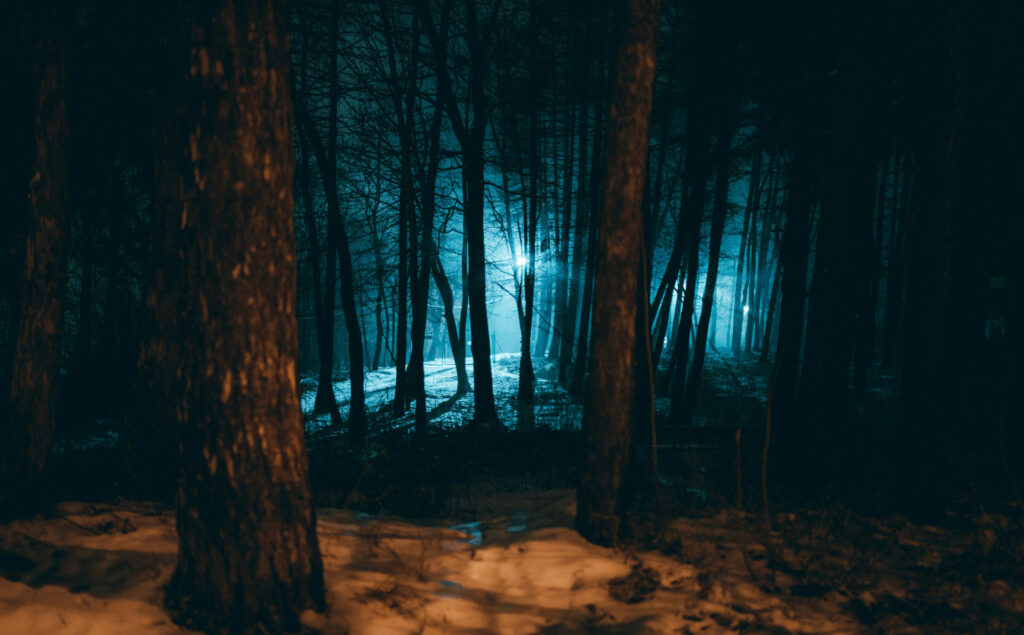
5. The Pine Barrens, New Jersey — Home of the Jersey Devil
New Jersey’s Pine Barrens offer one of the most enduring creepy forest stories from around the world. Stretching over a million acres, the Pine Barrens is a landscape of sandy soil, twisted pines and abandoned villages that once thrived during the colonial era. Many of these ghost towns remain, crumbling and empty, adding to the eerie atmosphere.
However, the Pine Barrens’ most famous legend is the Jersey Devil, a winged creature with hooves, claws and a shrieking cry, which has been terrorizing locals for over 250 years. According to the urban legends of haunted forests, the monster was the cursed 13th child of a woman named Mother Leeds, and it is doomed to roam the pines forever. Sightings continue to this day with stories of strange tracks and terrifying encounters passed down through generations.
The Pine Barrens illustrate how American forests, too, are steeped in legend. Whether or not the Jersey Devil exists, the paranormal activity in haunted forests like this keeps adventurers intrigued and ensures the Pine Barrens remains one of the scariest forests to visit in the U.S.
Why Do We Find Forests So Scary?
While each of these most haunted forests has its own unique legends, the universal fear of woods runs much deeper. Forests are archetypal liminal spaces — thresholds between civilization and wilderness, safety and danger, the known and the unknown. Stepping into the woods often means stepping into uncertainty.
Darkness and Disorientation
Dense forests block sunlight, creating shadows and gloom even during the day. Lighting affects our moods and perceptions, so the darkness sets a tone immediately. At night, forests become nearly impenetrable. Paths twist, landmarks blur and the fear of getting lost is all too real. Psychologically, this stirs genuine primal anxiety.
Evolutionary Fears
Early humans learned to fear environments where predators or enemies might hide. A rustling bush or sudden crack of a twig could once have meant life or death. Even now, that instinct lingers — our brains are hardwired to imagine dangerous creatures or hidden enemies watching from the dark.
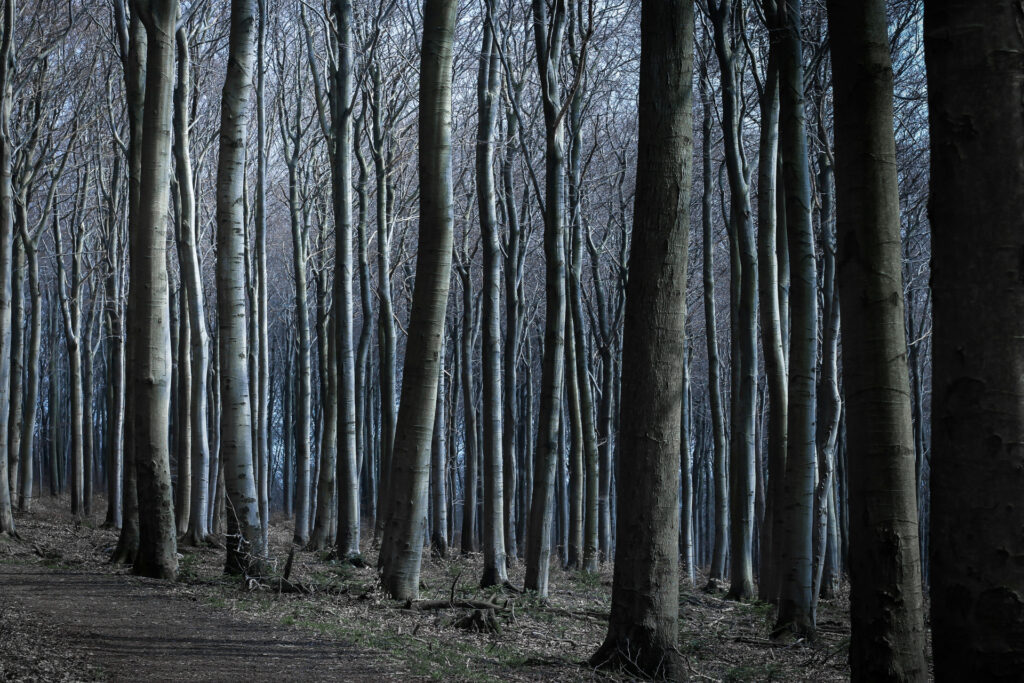
Folklore and Expectation
Generations of forest legends reinforce these primal fears. Fairy tales unfold in woods because they symbolize mystery, danger and transformation. Forests are where children meet witches, wolves or ogres, and rarely emerge unchanged. These stories amplify our expectations that forests conceal threats beyond human understanding. Confirmation bias ensures that we then feel unsettled even if nothing happens.
Urban Legends and Ghost Stories
In modern times, urban legends have replaced fairy stories but serve the same purpose. Tales of screams in the night, glowing lights or vanishing hikers tap in to ancient fears while updating them for contemporary audiences. Just like uncovering the history of your home adds new layers of understanding, generations of stories and legends give us a new understanding of forests, too.
Why Do We Visit Haunted Forests?
If forests stir our primal fears, why do so many of us still enjoy visiting? The answer lies in psychology. We like to scare ourselves in a mostly safe environment — watching a horror movie, visiting a haunted house or hiking in a haunted forest — beause it triggers adrenaline and heightened awareness. This can feel thrilling rather than terrifying, because deep down we know we are not in real danger. Or do we? Either way, once the fear is over, your brain releases dopamine, the feel-good hormone, which floods you with sensations of pleasure and relief.
A 2024 study into dark tourism in the Hoia Baciu forest revealed that visitors perceive haunted forests as both fascinating and frightening — this duality is a major draw for thrill-seekers who are looking for experiences that combine pleasure and fear.
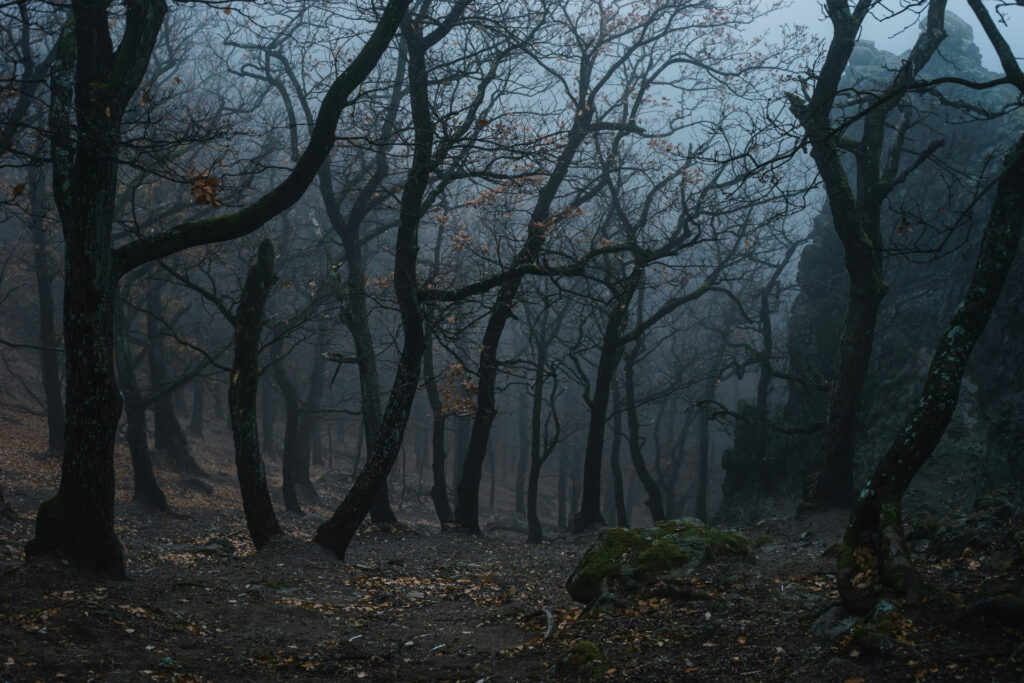
The Allure of the Unknown
Humans are curious creatures. The same impulse that makes us afraid of the dark also drives us to explore it. Visiting the most haunted forests in the world lets us flirt with danger, confronting the unknown while still having the option to retreat. If your own home is haunted, you may have trouble selling it — people don’t want to live with terror full-time. Visiting scary woods, however, is a low-stakes thrill that is accessible to anyone.
Myth and Meaning
Visiting scary forests allows us to connect with folklore and local culture. Legends of yūrei, apparitions, UFOs, ghosts and demons give landscapes a narrative richness, making them feel alive. Fear becomes not just thrilling entertainment but a way of engaging with the natural world.
Spooky Forests in Our Collective Psyche
From the tragic whispers of Aokigahara to the spectral screams of Dering Woods, and from the shadows of the Black Forest to the monstrous cries of the Pine Barrens, these haunted forests are living symbols of humanity’s fears, hopes and imagination. In the dark tangle of trees, we confront both our oldest terrors and our deepest curiosities. Perhaps that is why, even in an age of technology and light, we still find ourselves so drawn to the mysteries of the most haunted forests in the world.
FAQ
1. Are haunted forests always associated with tragic events?
Not always. While some haunted forests have tragic histories, others are linked to ancient myths, unexplained phenomena or local superstitions rather than specific historical events.
2. Why do so many cultures have haunted forest legends?
Forests are universal symbols of the unknown, making them a natural setting for stories that explore fear, mystery and the supernatural, across all of our cultures.
3. Can visiting a haunted forest be dangerous?
The main risks are natural hazards that you might encounter in any forest, such as getting lost or encountering wildlife. Paranormal experiences are subjective, but it’s wise to explore with caution and respect — and not alone.
